Protecting Trees
The importance of trees to our quality of life requires that we protect them. Property owners have a major responsibility to care for and maintain their trees. Citizens and communities must adopt and enforce sound policies and regulations that will protect the scenic, environmental, and economic benefits of trees. Below are some tree conservation strategies that your community can adopt to save its trees.
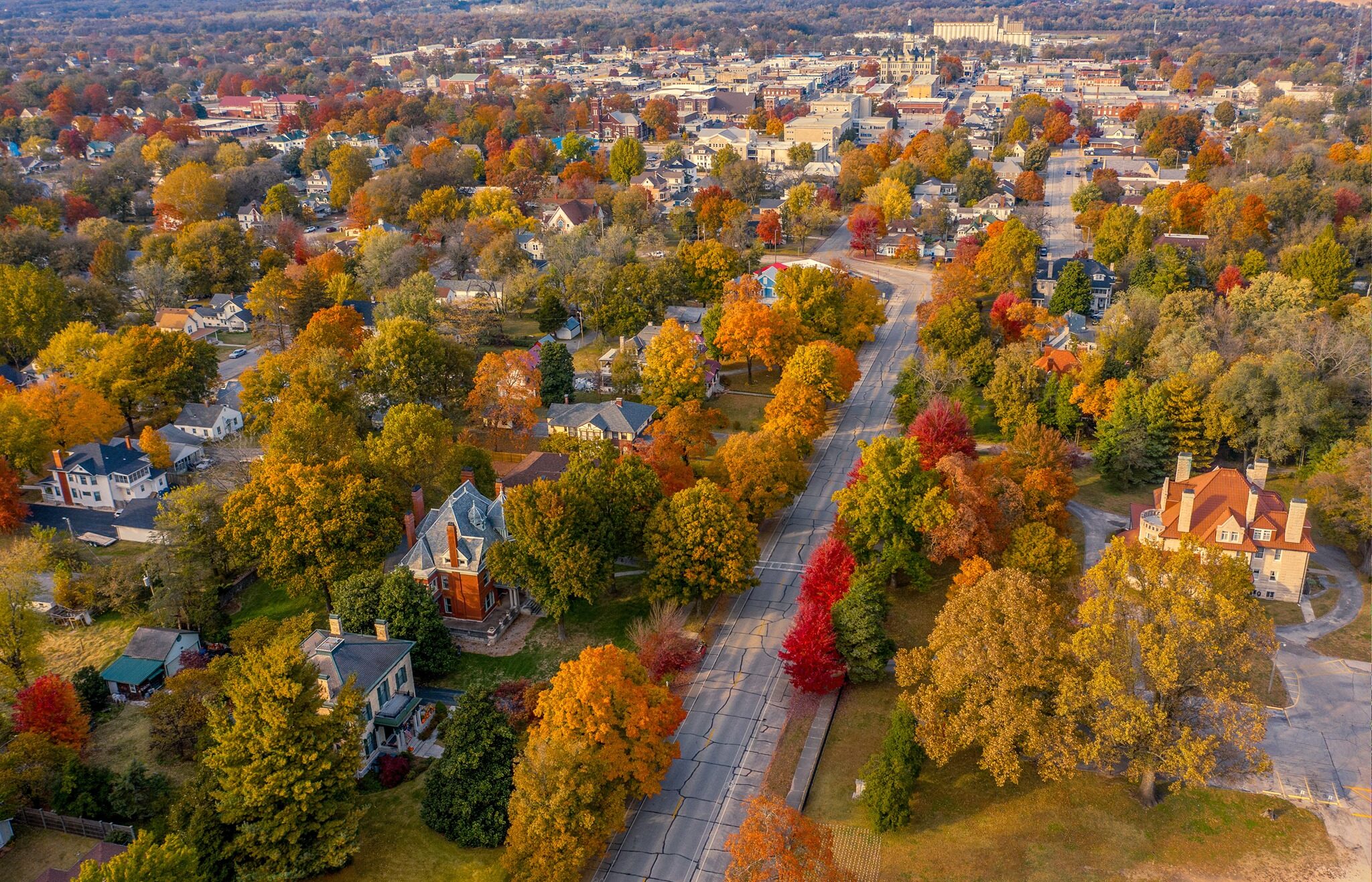
Education and Community Involvement
- Educate property owners about how to care for and maintain their trees. Obtain good information about tree protection from professional foresters, horticulturists, landscape architects, and planners. Groups like the U.S. Department of Agriculture Forest Service can help you to find these resources.
- Involve citizens in preserving your community’s trees. Those who have lived in a community for many years deeply understand the area’s needs. Experts such as tree or planning commission members, municipal attorneys, and environmental and natural resource consultants can contribute by analyzing the best strategies for tree conservation policies to achieve desired community goals.
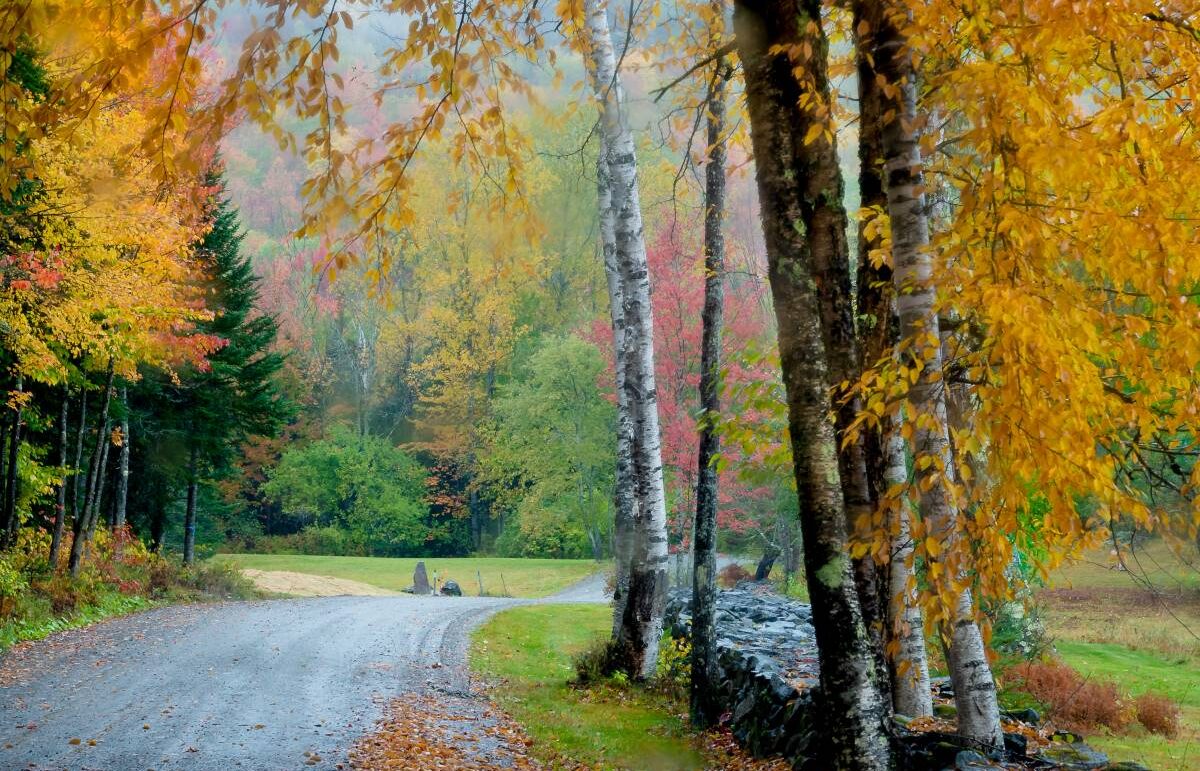
Voluntary Measures
- Invite community groups, interested citizens, local leaders, and business owners to donate time and/or money to local landscaping and tree preservation efforts.
- Encourage local landowners to donate easements on woodlands to the community.
- Establish a volunteer program to maintain trees for elderly, disabled, or financially burdened property owners.
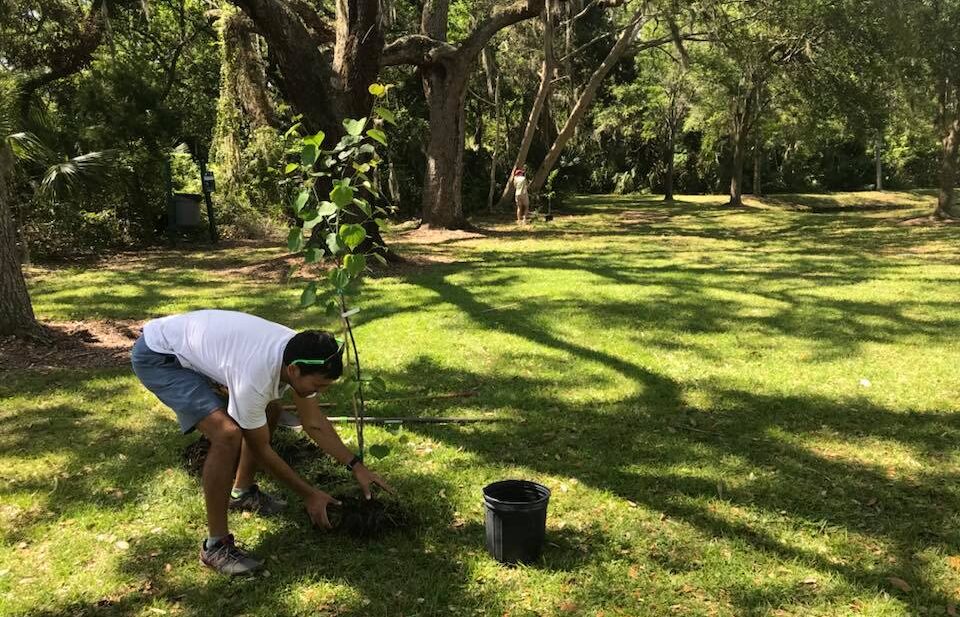
Incentives
One of the best ways to promote tree preservation is to provide incentives. Incentives encourage landowners to protect their trees and improve the community. Some common incentives include:
- Establishing a community grant fund for replacing or planting new trees;
- Offering developers zoning incentives such as reduced setbacks or increased density in exchange for tree preservation; and
- Giving property tax breaks to landowners who agree to preserve their woodlands.
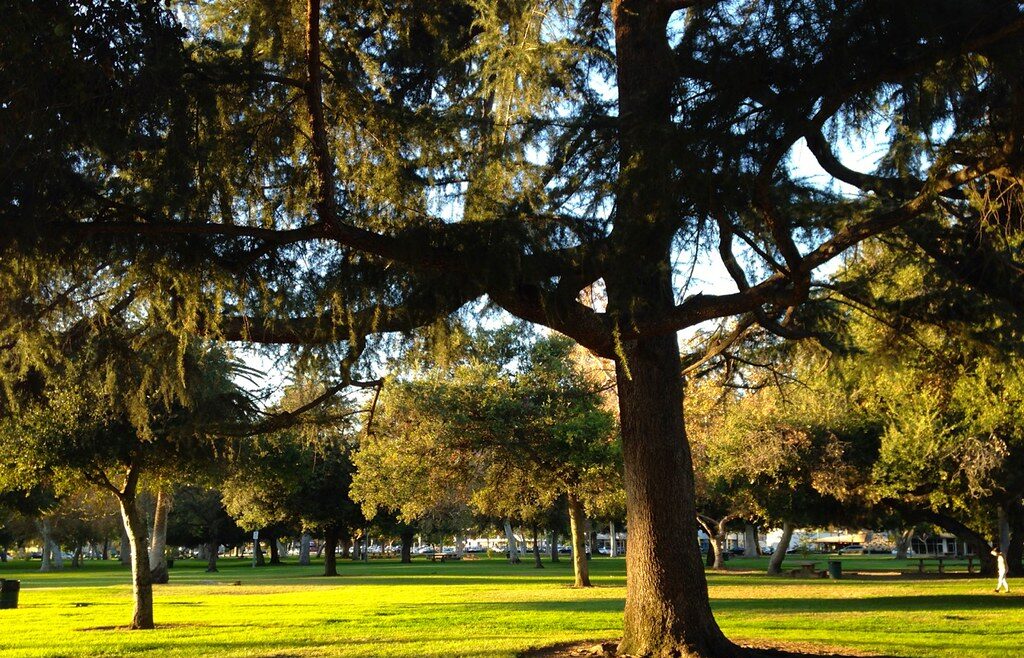
Land Acquisition
While purchasing tracts of woodland or easements is one of the most expensive options, the outright purchase is sometimes the only way to permanently protect trees from development pressure.
- Identify forested areas that are particularly vulnerable to development or deforestation and investigate donation or purchase of the area, or seek donation of easements on the land.
- Encourage local governments, nonprofit organizations, land trusts, and private citizens to purchase land and place permanent restrictions on the deed before reselling or donating the land.
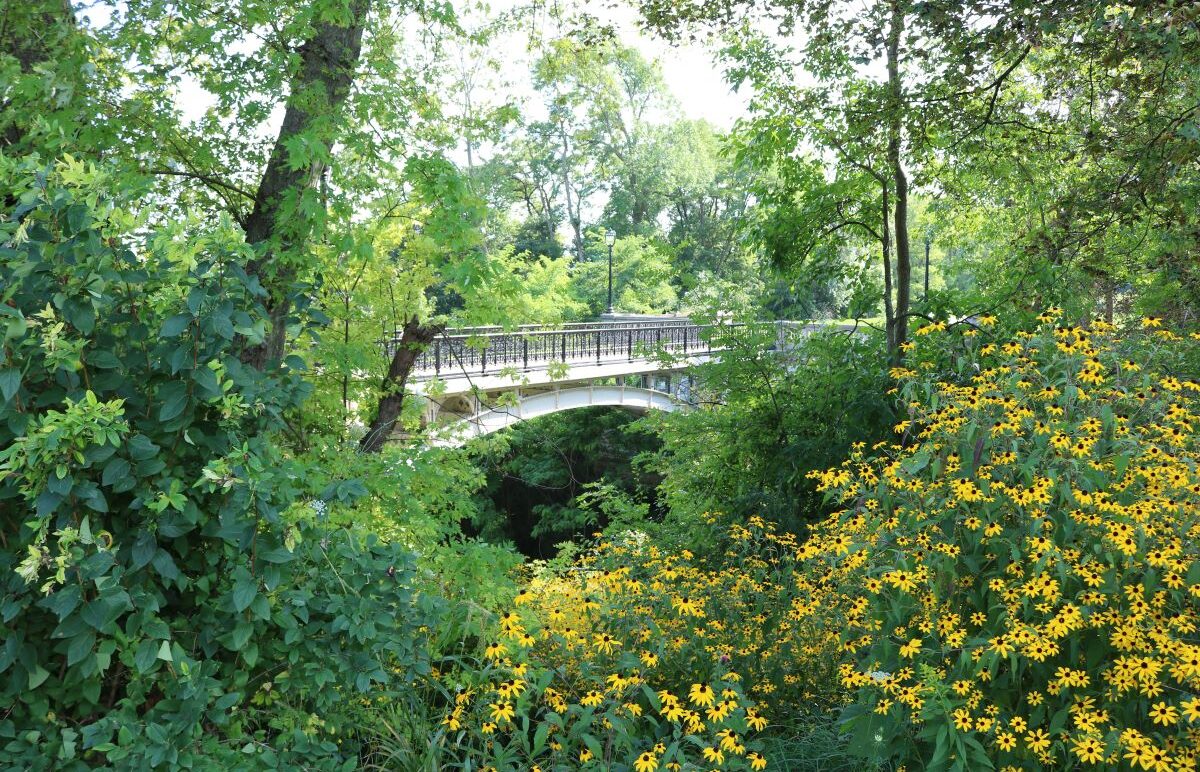
Regulatory Measures
- Adopt and enforce sound regulations that will protect the scenic, environmental, and economic benefits of trees. Tree conservation ordinances are an important tool that may require planting street trees, protecting sensitive forested areas, limiting clearing during development, or providing incentives for development that preserves trees. Austin, TX; Seattle, WA; Cincinnati, OH; and Tampa, FL are just some of the cities across the country that have adopted strict tree preservation ordinances.
- Establish distance or buffer zone requirements to protect trees. Regulations requiring a buffer zone (typically 100 feet or more) between major roadways and any buildings on private land are an effective way to preserve trees and screen development. All trees within buffers are designated for conservation and removed only under exceptional circumstances.
More on Tree Conservation
-
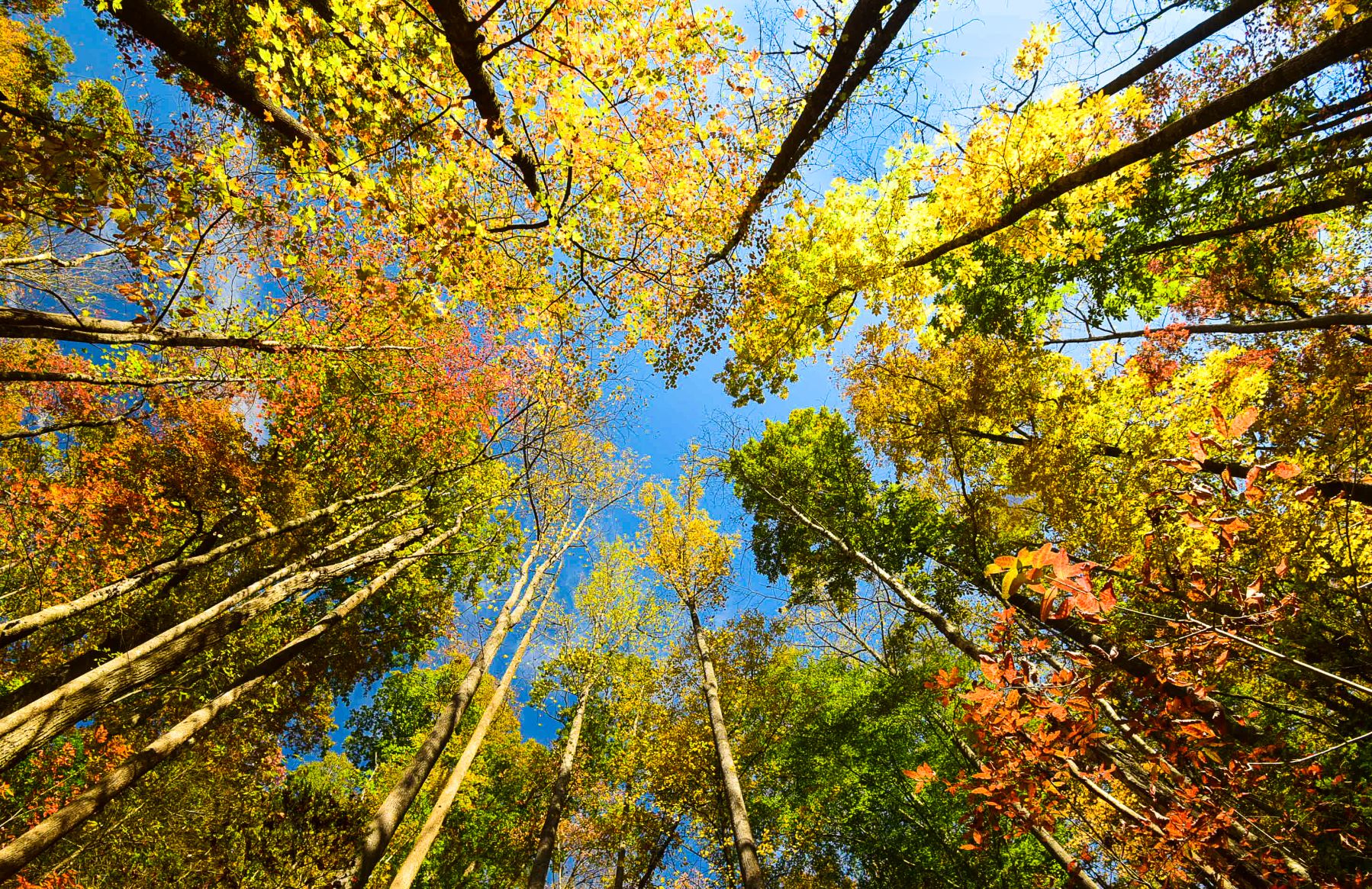 Model Tree OrdinancesFind examples of tree ordinances that you can adapt for your community.
Model Tree OrdinancesFind examples of tree ordinances that you can adapt for your community. -
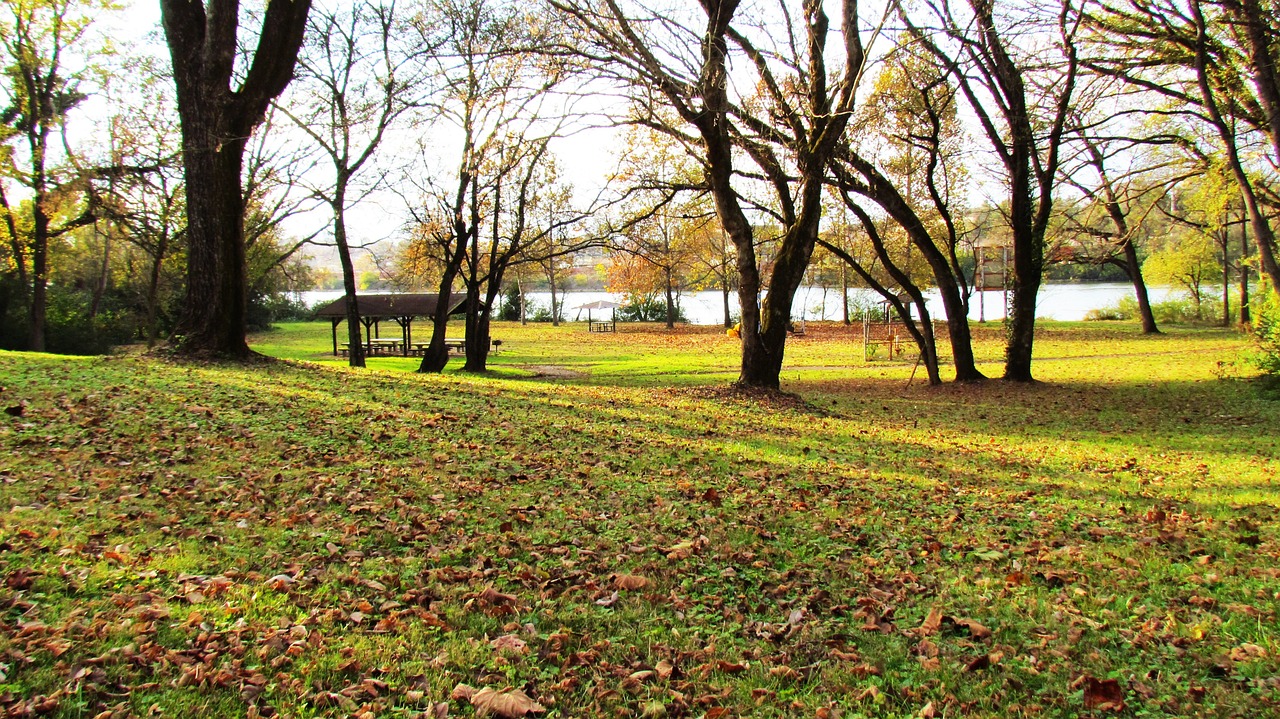 Case Study: Knoxville's Tree BankLearn how Knoxville is working with developers to ensure that new projects include tree plantings.
Case Study: Knoxville's Tree BankLearn how Knoxville is working with developers to ensure that new projects include tree plantings. -
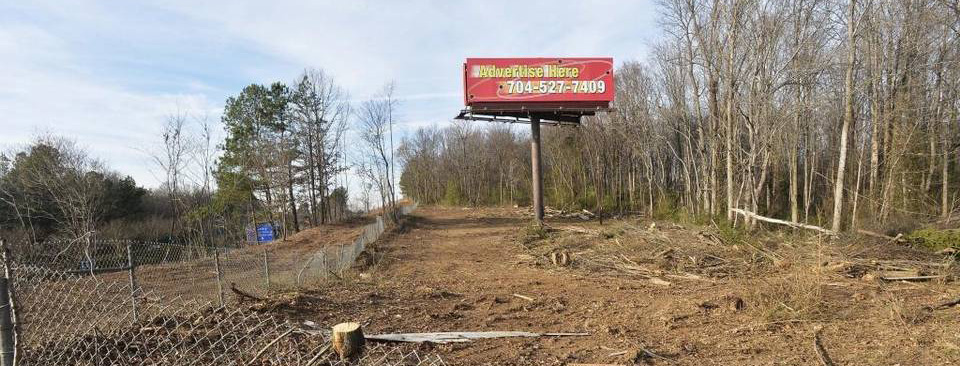 Take Action: Protect Trees from ClearcuttingIn 35 states, it's legal to cut down publicly owned trees for billboard visibility. Speak out now to stop this practice.
Take Action: Protect Trees from ClearcuttingIn 35 states, it's legal to cut down publicly owned trees for billboard visibility. Speak out now to stop this practice.